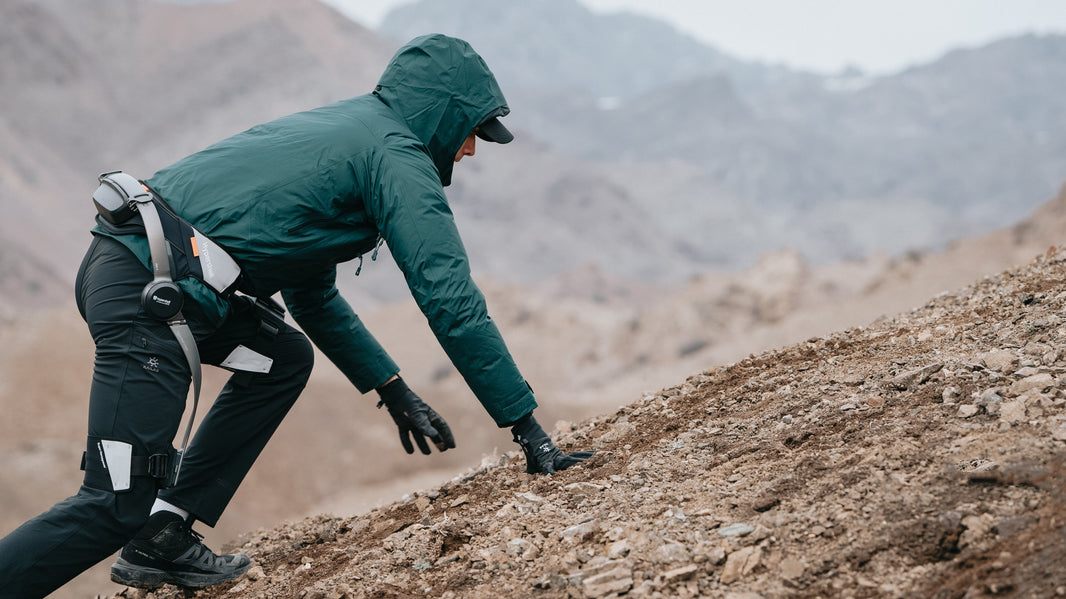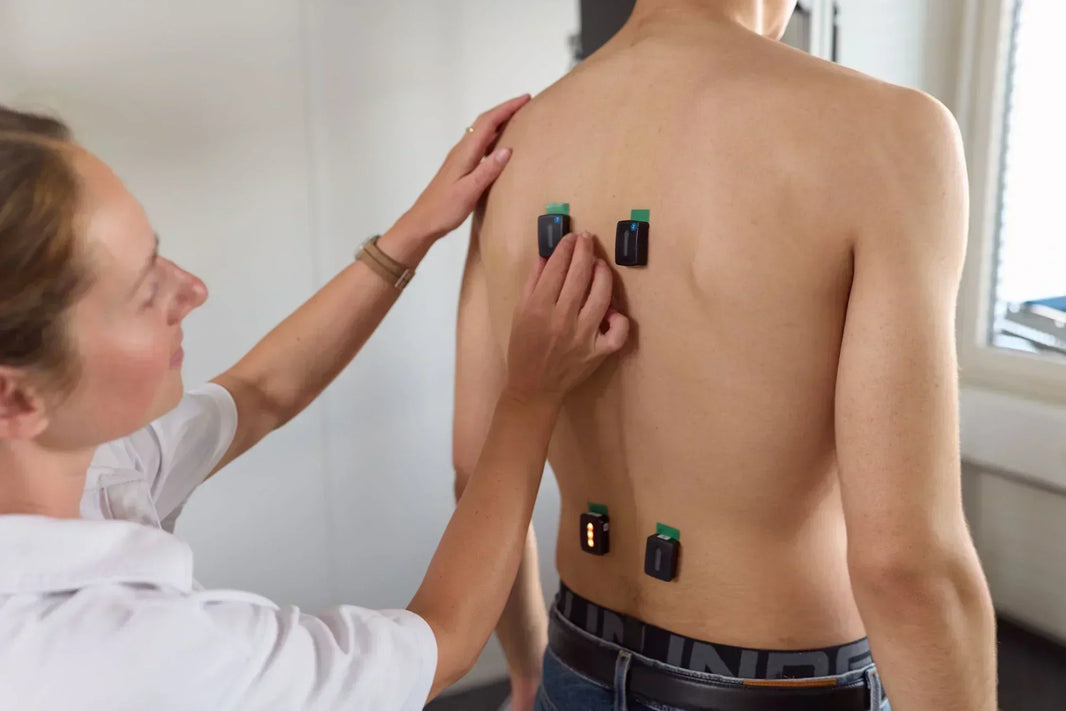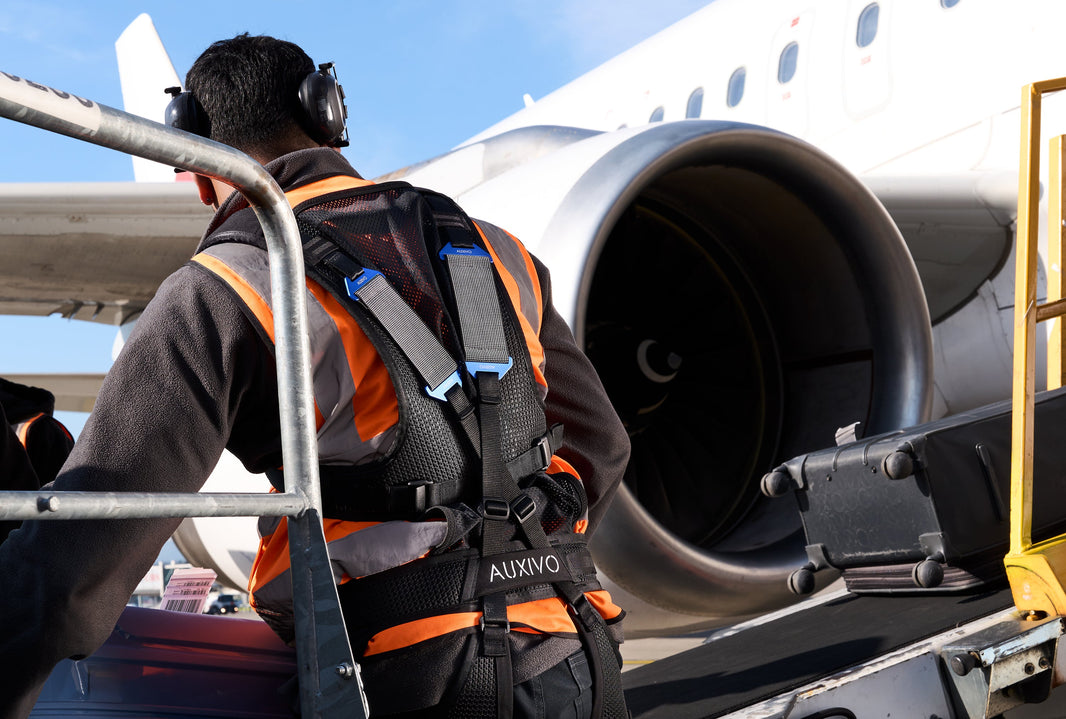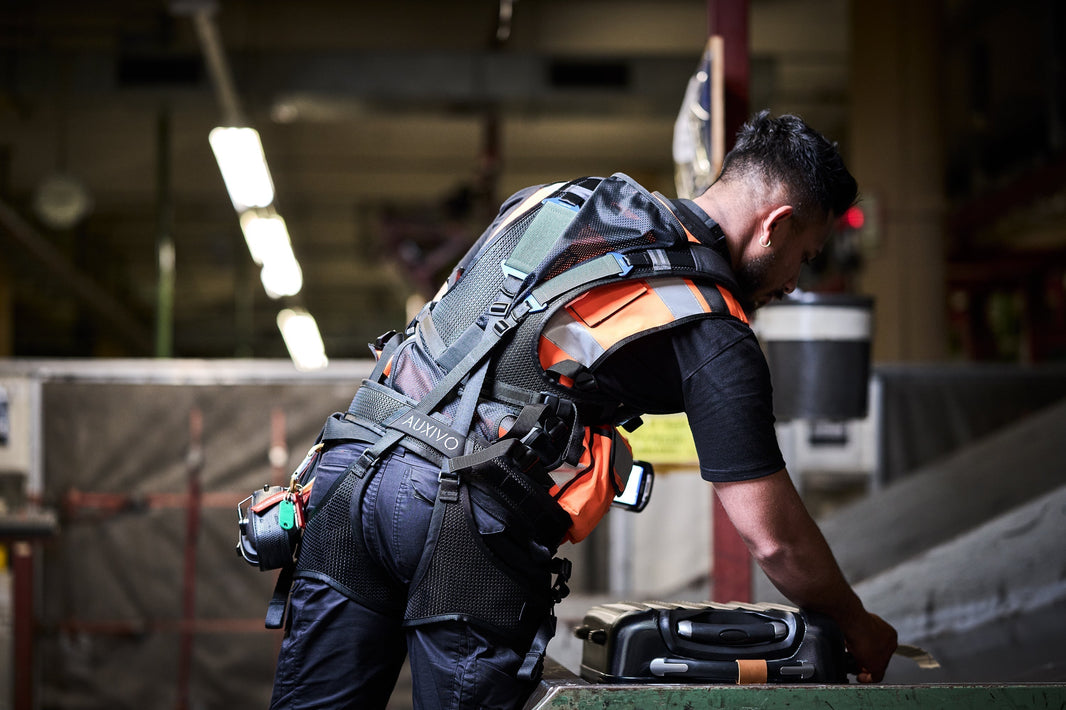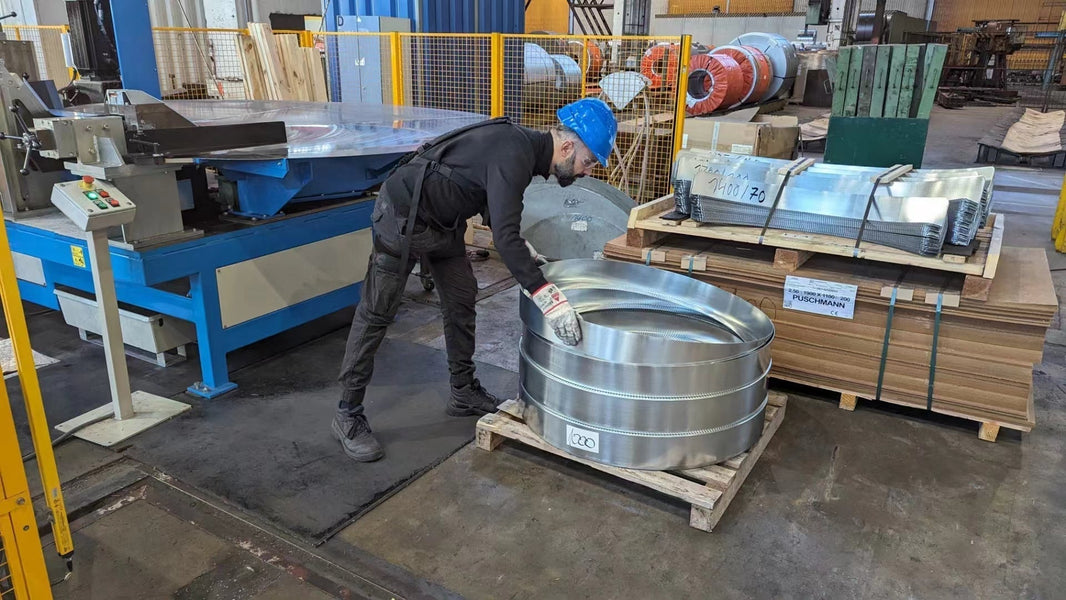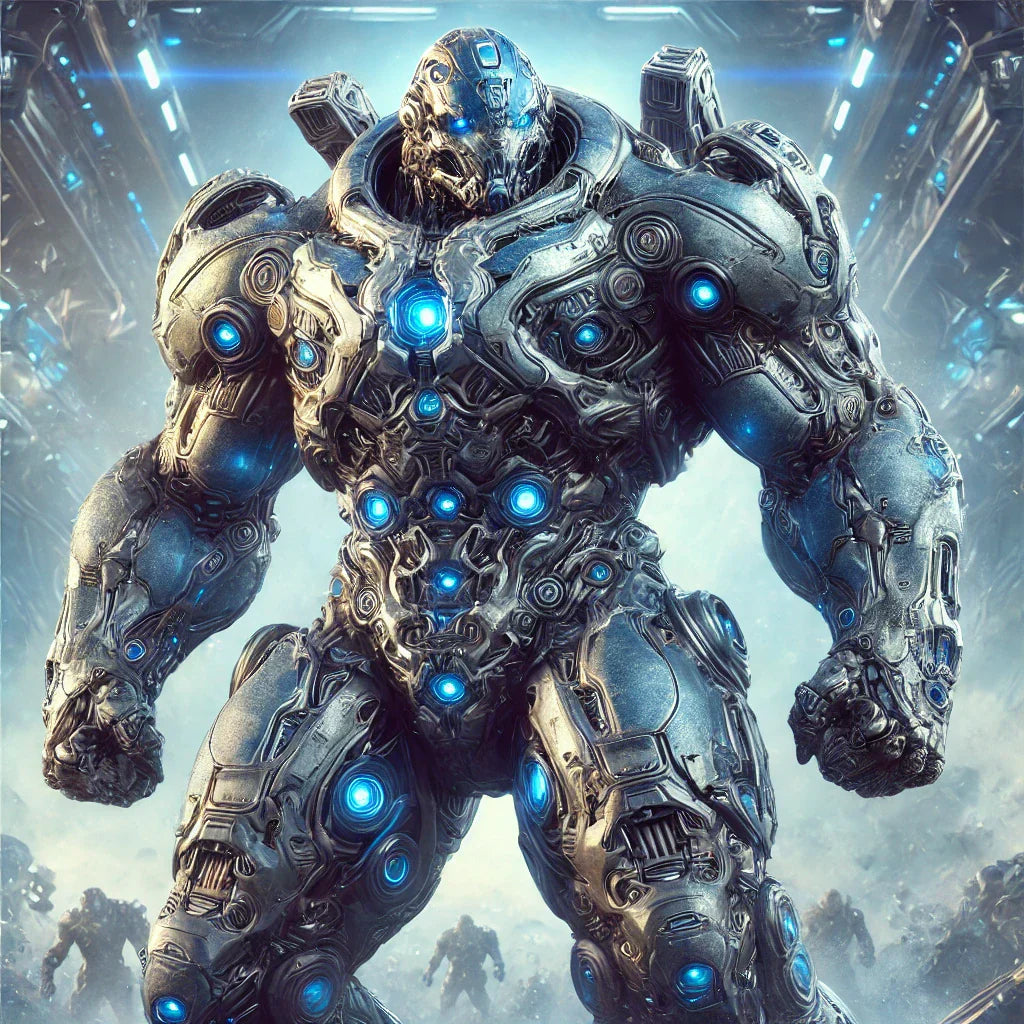When people hear the term exoskeleton, their minds often jump to images of sci-fi suits straight out of Iron Man or Edge of Tomorrow. These cinematic portrayals have inspired wonder but also shaped a skewed perception of what human exoskeletons really are and what they can do. The truth is, modern exoskeleton technology is impressive, but it’s more nuanced, specialized, and practical than most people realize.

Let’s explore and dispel some of the most common misconceptions about human exoskeletons.
Misconception 1: Exoskeletons Give You Superhuman Strength
Hollywood loves this one. The image of a person lifting a car or sprinting at 60 mph thanks to an exosuit is undeniably thrilling, however, it’s far from reality (so far).
Reality: Most industrial and medical exoskeletons are assistive, not enhancing. They’re designed to reduce
strain on the body, not to turn users into superheroes. In workplaces like warehouses, shipyards, and factories, exoskeletons help reduce fatigue and injury by supporting joints and improving posture, not by allowing people to lift hundreds of pounds over their heads.
Think of them as ergonomic tools rather than power amplifiers.

Misconception 2: All Exoskeletons Are Powered and High-Tech
When people think “exoskeleton,” they often assume complex, battery-powered, AI-controlled machines.
Reality: Many of the most effective exoskeletons are passive. They use mechanical support—springs, hinges, and counterweights—to redistribute force and reduce strain. These devices require no power source and are often more durable, lighter, and cost-effective than their powered counterparts.
Passive exosuits are especially popular in industries with budget constraints or where portability and simplicity are key.

Misconception 3: Exoskeletons Are Only for People with Disabilities or Injuries
It’s easy to assume that wearable robotics are primarily for rehabilitation or mobility-impaired individuals.
Reality: While exoskeletons have transformed physical therapy and mobility support, their applications extend far beyond healthcare. In manufacturing, logistics, construction, agriculture, and even defense, able-bodied workers use exoskeletons to prevent injuries, increase endurance, and improve productivity.
Instead of being reactive (helping someone recover from injury), many exosuits are proactive—designed to prevent injuries in the first place.

Misconception 4: Exoskeletons Are Bulky, Uncomfortable, and Restrictive
The assumption here is that wearing an exosuit is like walking around in a medieval suit of armor.
Reality: While early exoskeleton prototypes were indeed bulky and cumbersome, today’s models are a different story. Modern designs focus on comfort, wearability, and ease of movement. Materials like lightweight carbon fiber, breathable fabrics, and modular components make exoskeletons increasingly practical for long-term daily use.
Additionally, many companies now focus on user-centered design, involving frontline workers in development to ensure the suits align with real-world needs and workflows.

Misconception 5: Exoskeletons Replace Human Labor
This myth is rooted in a broader fear about automation and robotics replacing jobs.
Reality: Exoskeletons are augmentation tools, not replacements. They enhance human capabilities—especially for tasks that are repetitive, physically demanding, or ergonomically risky. By reducing physical strain, they allow workers to remain in their jobs longer, avoid injuries, and stay more productive.
In fact, many businesses see exoskeletons as a way to retain human workers in roles that are becoming more difficult due to aging workforces or rising injury costs.

Misconception 6: They’re Too Expensive for Practical Use
Cost is often perceived as a barrier to adoption, especially in industries with thin margins.
Reality: Like any emerging technology, early exoskeletons came with a steep price tag. But prices have dropped significantly in the last few years, and the return on investment (ROI) is becoming easier to justify. Reduced injury claims, lower absenteeism, improved morale, and higher productivity all factor into the equation.
Some companies have found that a single workplace injury can cost more than equipping an entire team with exosuits.

Misconception 7: One Exosuit Fits All
People often think there’s a one-size-fits-all solution for all workers and use cases.
Reality: Exoskeletons are highly task-specific. A suit designed for overhead welding won’t work well for a warehouse picker. That’s why the best systems are modular or tailored to a specific job type. Some support the shoulders and arms, others the back, legs, or full body.
Selecting the right exoskeleton depends on a detailed understanding of the job, the user, and the environment. This isn't a plug-and-play solution, it’s part of a holistic ergonomic strategy.

The Path Forward
As with any emerging technology, the success of exoskeletons depends on education, realistic expectations, and thoughtful implementation. We are still early in the journey, but the pace of advancement is quickening, driven by collaboration between robotics companies, healthcare providers, employers, and end-users.
If we can move past the myths and hype, human exoskeletons have the potential to transform industries, not by replacing people, but by empowering them.

Final Thoughts
Exoskeletons are no longer just the stuff of science fiction. They’re real, diverse, and rapidly evolving tools with broad applications. By understanding what they are (and aren’t), we can make smarter decisions about how to adopt and integrate them, maximizing both human potential and workplace safety.


